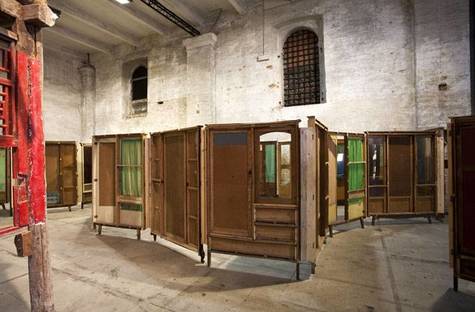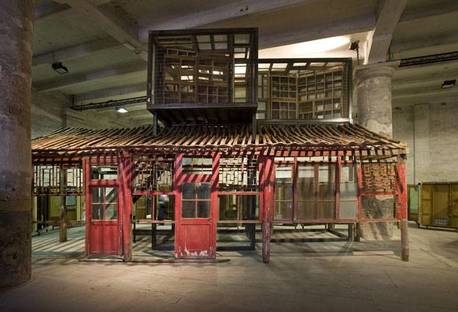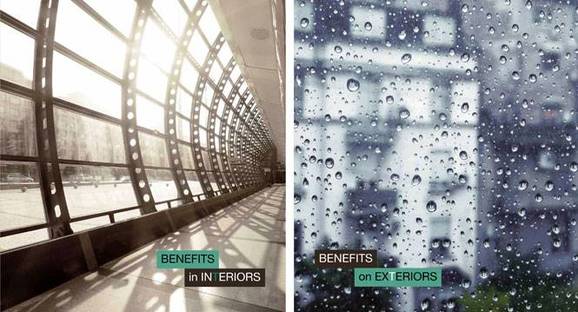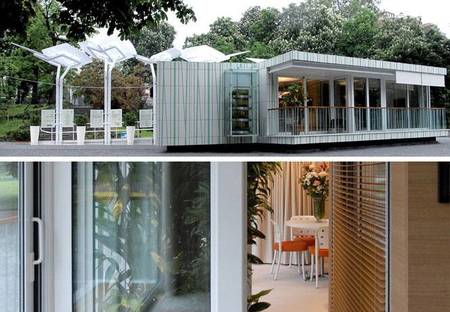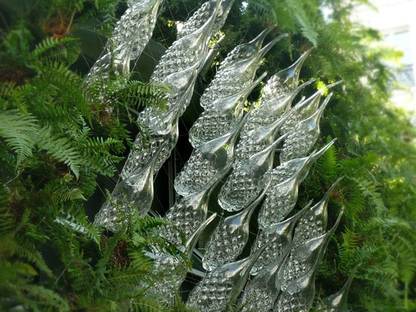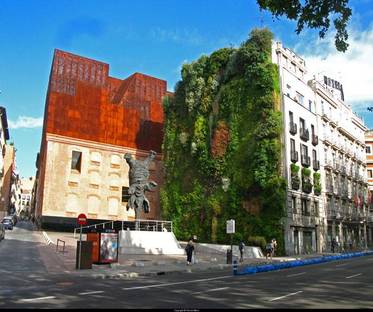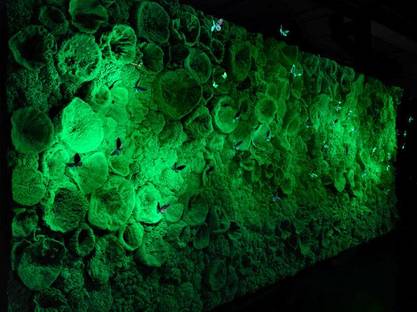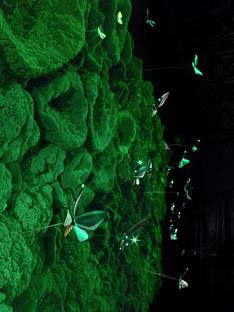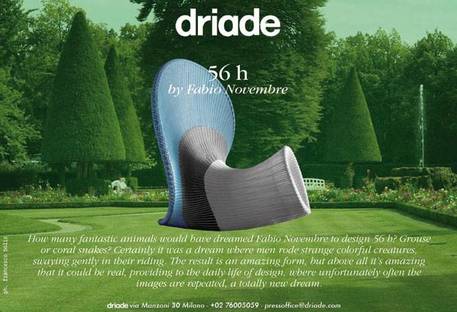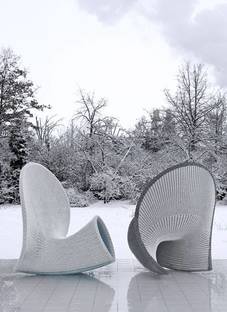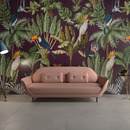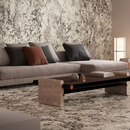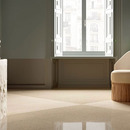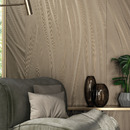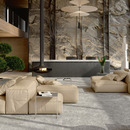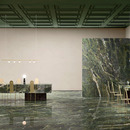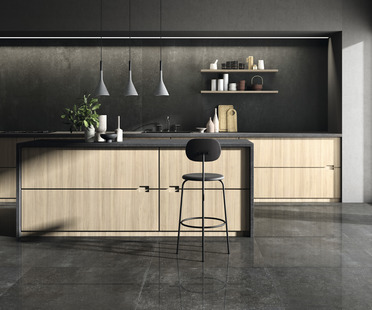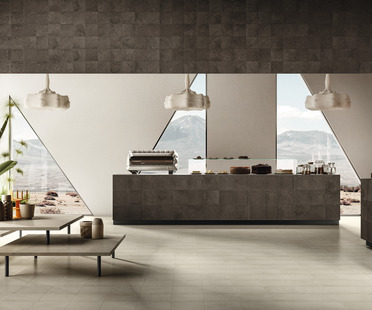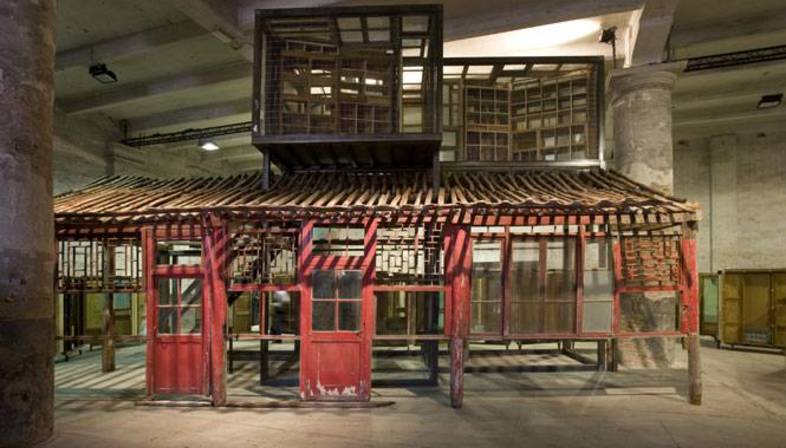










Ceramics have made a lot of progress, and the development of Active Clean Air & Antibacterial Ceramic™ epitomises not only the industry?s recent orientation toward sustainability but also the elimination of boundaries between interior design and architecture: surface treatments for floors and walls made by Fiandre and Iris Ceramica reduce pollutants in the atmosphere and kill fungi and bacteria for a healthier indoor environment. This demonstrates that architectural design has a concrete impact on life, to the point that its areas of interest overflow into the arts and design, creating a thread of continuity which encourages interaction, cultural links and dialogue.
This is the issue addressed at the last Biennale in Venice by Song Dong, the Beijing artist who used borderline elements to create boundaries on spaces which can no longer be defined: doors and window frames, wardrobe doors, mirrors and interiors of furnishings which hinder our perception of the installation?s boundaries in space.
A focus on the fragility of nature has encouraged us to protect it, multiple it and make it an essential part of the setting in which we live. The city, defined as an urban interior which has a relationship with the countryside, is filling up with vertical gardens such as the beautiful ones designed by Patrick Blanc at Jean Nouvel?s Musée du Quai Branly in Paris or Herzog and De Meuron?s Caixa Forum in Madrid, or those designed by R&Sie Architects, in which the walls of a Paris home are covered with hydroponic ferns nourished through phytomorphic “pods” of hand-blown glass: plants and pods are part of a single project aimed at controlling temperature in the building.
An animal and vegetable ecosystem comes into the home to become a source of light in Ingo Maurer?s Biotop installation at Spazio Krizia during Fuorisalone 2012, while Fabio Novembre for Driade has created an aluminium rocking chair covered with woven plastic inspired by wicker furniture but made to look like a peacock, as a living room chair.
Mara Corradi
01_Song Dong, Enclosure Movement, 100 wardrobe doors, Venice Biennale, 2011
02_Song Dong, Enclosure Movement, 100 wardrobe doors, Venice Biennale, 2011
03_Active Clean Air & Antibacterial Ceramic™, a treatment for reducing toxic components in the air and keeping home interiors clean
04_Active Clean Air & Antibacterial Ceramic™, Casa del Ben-Essere, Milan, 2010, Taxos Extra by Fiandre and Crystalwood by Iris Ceramica
05_R&Sie Architects, vertical garden in the plan for a home in Paris, 2009
06_Patrick Blanc, vertical garden at the Caixa Forum by Herzog and De Meuron in Madrid, 2007
07_Ingo Maurer, Biotop installation, Spazio Krizia, Fuorisalone 2012, Ph. Tom Vack
08_Ingo Maurer, Biotop installation, Spazio Krizia, Fuorisalone 2012, Ph. Tom Vack
09_Driade, rocking chair 56 h, designed by Fabio Novembre, 2012
10_Driade, rocking chair 56 h, designed by Fabio Novembre, 2012










